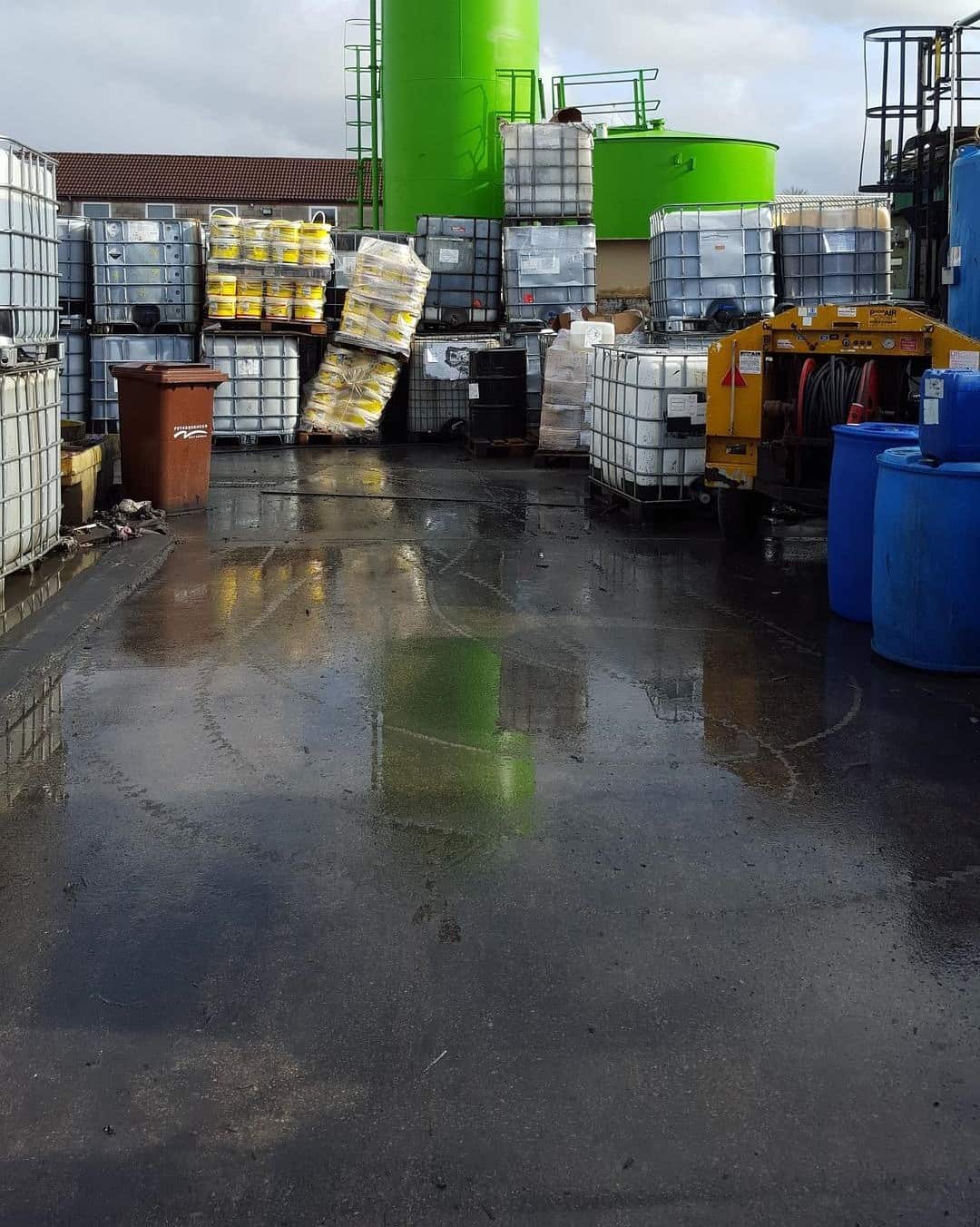Need to ship chemically sensitive materials? Before you can, you have to know how to comply with the hazardous materials regulations established by the U.S. Department of Transportation. These hazmat regulations may seem confusing, but they are vital for the safety of all workers that come in contact with these harmful materials, as well as the safety of the general public.
So, to help you learn more about hazardous materials regulations, their importance, and how to comply with them, this guide will carefully walk you through them.
What Are Hazardous Materials Regulations?
The U.S. Department of Transportation’s (USDOT) Hazardous Materials Regulations Act (HMTA) is for the safety of all workers involved in the preparation and transportation of hazardous materials, as well as for the protection of the general public. These regulations are broken down into four parts:
- Hazardous Materials Identification and Classification
- Hazard Communication, including
- Placards To Communicate The Hazards Of The Materials
- Shipping Papers
- Markings
- Labels
- Packaging Requirements for Hazardous Materials
- Operational Rules Regarding the Handling of Hazardous Materials
Transporting hazardous materials carries a higher risk than that of other hauls. Therefore, all workers that may come in contact with hazardous materials as part of their jobs are required to undergo training or earn certifications allowing them to do so.
How Do Hazardous Materials Regulations Work?
The transportation of hazardous materials regulations works via government oversight and company compliance. Throughout every step of transportation, hazmat must be appropriately classified, marked, packaged, and handled.
What Is the Purpose of Hazardous Materials Regulations?
So what is the purpose of these regulations, who do they apply to, and how do you actually handle hazardous materials properly? The primary purpose of the Hazardous Materials regulations is to keep workers and the public safe from the harmful effects of mishandled hazardous materials.
For example, truck drivers must get a hazmat endorsement on their CDL to transport hazardous materials. To achieve this, they must pass a written exam demonstrating their knowledge of the transportation of hazardous materials regulations. They also must pass a background check through the Transportation Security Administration (TSA) for security purposes. This process ensures that the driver understands the risks of transporting hazmat, knows how to minimize these risks, and can be trusted with dangerous loads.
Who Do the Hazardous Materials Regulations Apply to?
The Hazardous Materials Regulations apply to all carriers
- Interstate
- Intrastate
- Foreign
transporting items classified as hazardous by the HMTA by
- Rail car
- Aircraft
- Motor vehicle
- Water vessel
How Do You Handle Hazardous Materials Properly?
The careful handling of hazardous materials is essential for your safety. First, be sure to get any required training or endorsements before working with hazmat.
In many cases, this training is legally mandated, but even trained workers can mishandle hazardous materials, so it’s important for anyone coming in contact with hazmat to follow these rules:
- Assess Risks and Establish Plans for Dealing with Potential Hazards
- Learn About Emergency Procedures in Case of Hazmat Accidents
- Use Proper Personal Protection Equipment (PPE) at All Times
- Check to Ensure All Hazardous Materials are Correctly Marked
- Store Hazardous Materials Properly and Separately
- Only Use Hazardous Materials for Their Intended Purpose
- Never Eat, Drink, or Smoke while Handling Hazardous Materials
- Keep Work Areas Clean to Minimize Contamination
- Always Read the Safety Data Sheet (Sds) Before Handling Hazmat
- Report Any Concerns Regarding Hazmat Mishandling to the Appropriate Authority
6 Steps How To Ship Hazardous Materials
Here are the six steps you must follow to ship hazardous materials safely, classification, quantity determination, proper packaging, marking and labeling, preparing shipping documents, and choosing an appropriate carrier.
Step 1: Classify Hazardous Material and Find it in DOT Hazmat Table
The first thing you should do when receiving a hazardous material is to read its Safety Data Sheet (SDS). Using the SDS, you can find everything you need to locate the product on the Hazardous Material Table, including a four-digit ID number, shipping name, hazard class, and packing group.
Based on the product’s hazard class, you can learn about appropriately packaging, quantity limitations, and any special provisions or exceptions on the Hazardous Materials Table. Here you will also find label codes and descriptions of the hazardous material.
Step 2: Determine Quantities and Select Proper Packaging
On the SDS, you can find the hazard class of the product you’re shipping:
- High Hazard (PG I)
- Medium Hazard (PG II)
- Low Hazard (PG III)
Since higher hazard materials require more robust packaging, understanding the product’s performance packaging markings is essential for its safe transport. You also need to consider the quantity of the product you’re shipping to find suitable packaging that complies with the HMTA.
Step 3: Package Your Material
According to packaging regulations and requirements, package your hazmat materials. When performance packaging is required, be sure to follow the manufacturer’s instructions for assembling and closing the package to prevent dangerous spills or leaks.
Step 4: Mark and Label Your Package
Complete and accurate hazard communication is vital for safely transporting hazmat. Be sure to mark and label your package according to HMTA standards and the following as applicable:
- Orientation Arrows
- Shipper Information
- Identification Numbers
- Proper Shipping Name Markings
- Hazard Class Labels
Step 5: Prepare the Shipping Documents
When required, be sure to prepare and include a shipping paper with the description of the hazmat and the following:
- UN Identification Number
- Proper Shipping Name
- Hazard Class, Packing Group
- Quantity
- Number and Type of Packages
- Emergency Contact Information
- Shipper’s Certification
Step 6: Find a Carrier To Ship With
Working with reputable and reliable hazmat shipping companies is vital for the safe shipping of your hazardous materials. You want your hazmat package to arrive as quickly and safely at its destination as possible.
Complying With Hazmat Regulations is Key
Reduce the risks associated with transporting hazmat by understanding the hazardous materials regulations. Through proper classification, labeling, packaging, and handling of hazmat, you can minimize workplace accidents and avoid legal penalties.
Interested in a rewarding career as a hazmat truck driver? Learn when you need a Commerical Driver’s License (CDL), and about the different endorsements you can earn, including hazmat.
Sign up for a FreightWaves e-newsletter to stay informed of all news and trends impacting supply chain careers and operations.



